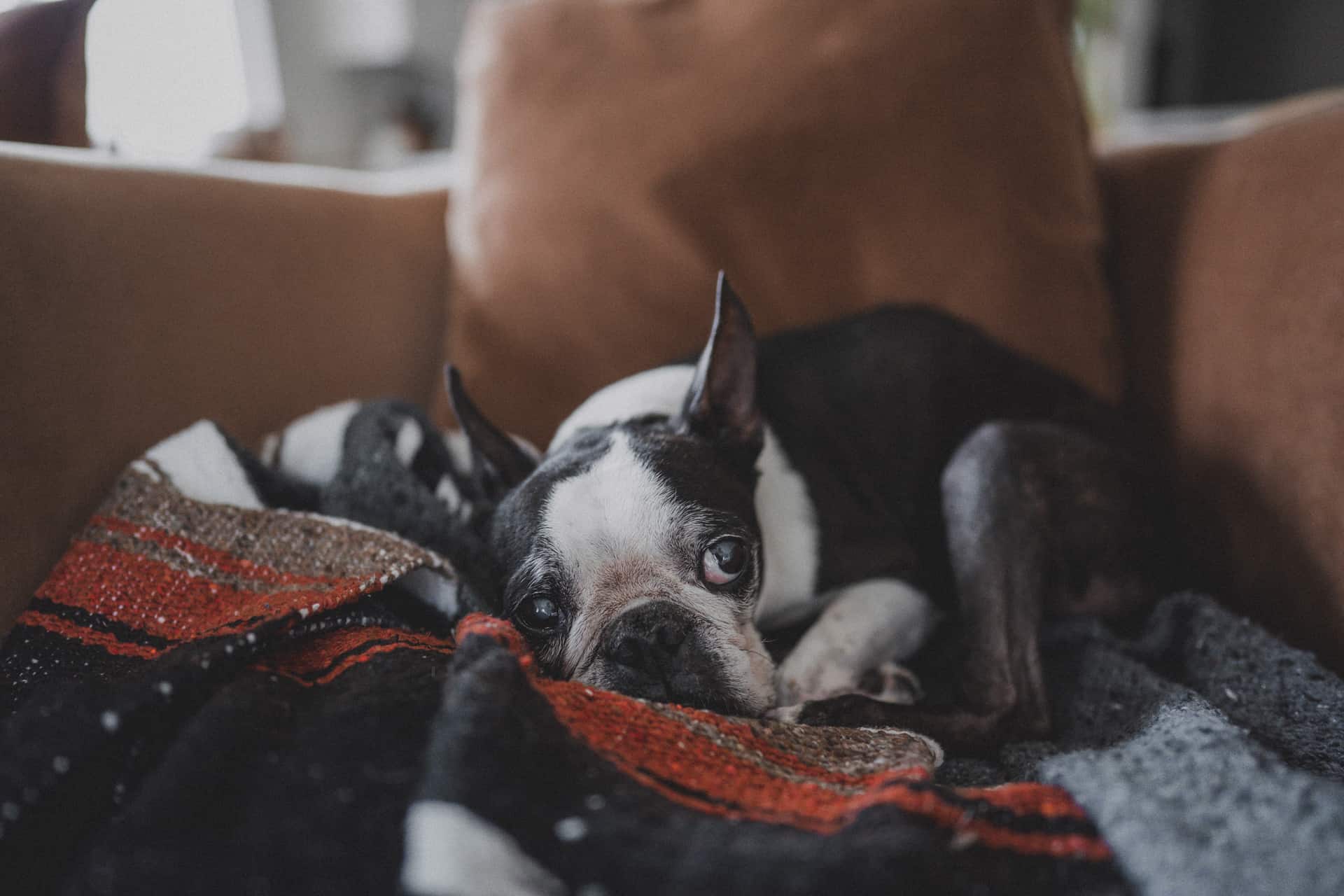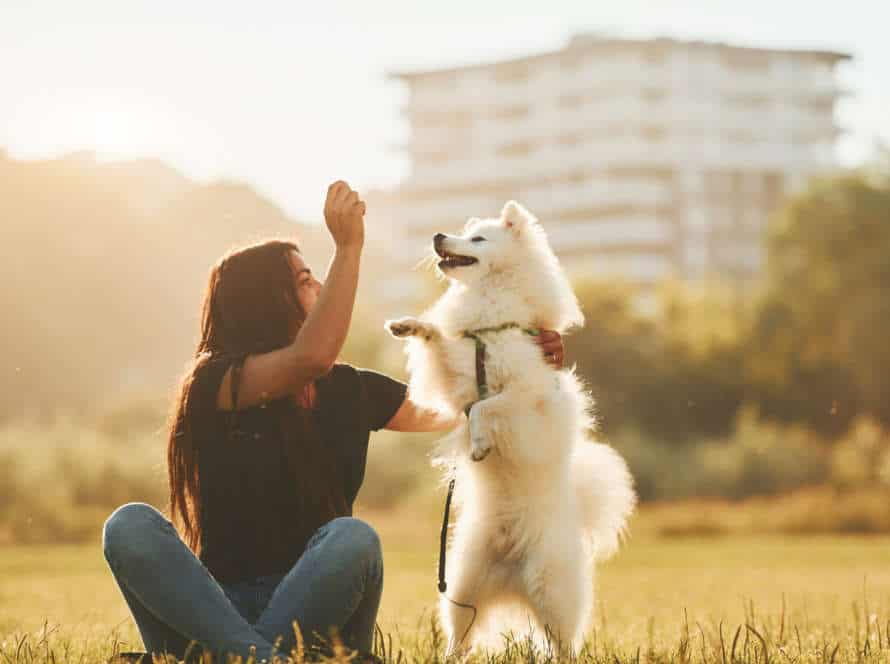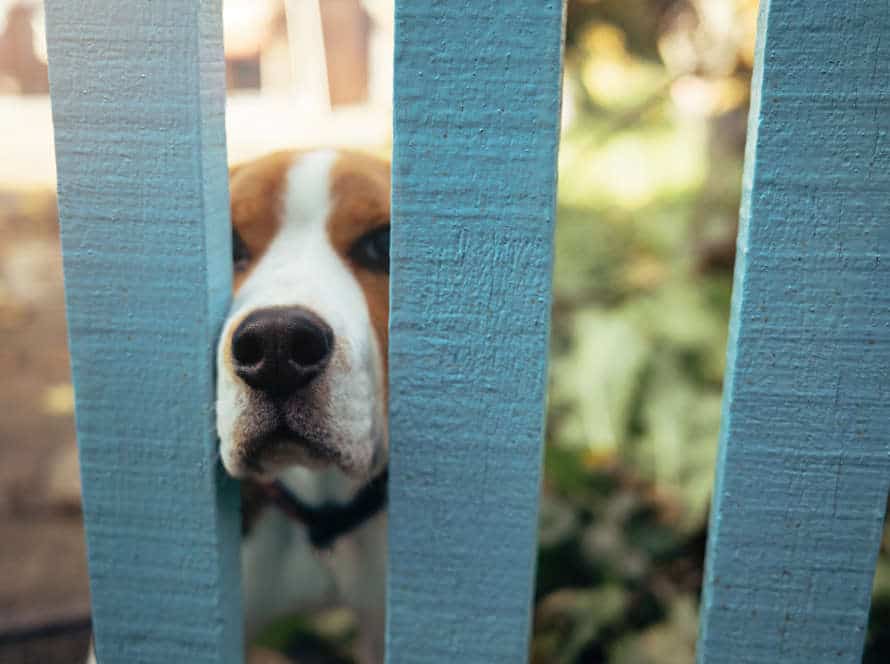Understanding Nighttime Whining and Separation Anxiety
Are you a parent dealing with nighttime whining and separation anxiety? It can be stressful for both you and your child. To help, we’ll talk about why it happens and what can be done. Let’s get started!
The difference between Nighttime Whining and Separation Anxiety
Nighttime whining and separation anxiety are issues pet owners often get confused.
Whining is a call for attention or it can mean boredom. It’s mostly at night and can be sorted out with regular feeding and exercising, plus attention and physical activity during the day.
Separation anxiety is more serious. It’s distress when a pet is left alone. It can cause destruction, loud barking or howling, and depression.
Medication, therapy, or both might be needed to treat it.
Distinguish between the two before deciding what to do. Professional help is advised if the distress is intense, or you’re unsure about the cause.
Causes of Nighttime Whining and Separation Anxiety
Nights can be tough for dogs. Whining and anxiety can be caused by a range of reasons. Knowing why is key to sorting it out.
Common causes of nighttime whining and separation anxiety:
- Fear and anxiety: Darkness, noise or strange settings might make them stressed.
- Health issues: Pain or medical issues, such as dementia in old dogs, might be the cause.
- Noise and disturbances: Loud noises like thunder, building works, or noisy neighbors could trigger anxiousness.
- Environmental factors: Shifts in routines or living space, like a different house, can mess with their sleep cycles and make them whine.
To handle the behavior, identify the underlying cause. Also, give them a comfy sleeping space and a consistent routine. That might help them feel more relaxed at night.
Signs and symptoms to watch out for
Nighttime whining and separation anxiety are common in dogs. Signs to watch out for:
- Whining, pacing, or restlessness when it’s time to sleep or when leaving the house.
- Excessive barking or howling at night.
- Destructive behavior like chewing or scratching furniture, doors, or walls.
- Self-injury or attempts to escape from crates or homes.
- Changes in appetite, weight loss, or digestion issues.
(Note: These may indicate other health problems and require a vet visit.)
Pro tip: To address nighttime whining and separation anxiety, a holistic approach is best. Consult with a dog behaviorist or trainer to create a personalized plan combining training, environment changes, and, if needed, medication.
Managing Nighttime Whining and Separation Anxiety
Nighttime whining and separation anxiety can be hard to deal with. People who have separation anxiety might be restless and cry all night. Those with nighttime whining might be more vocal in the dark. These behaviors can be disruptive and hard to manage. Here, we will share some tips to help you with nighttime whining and separation anxiety.
Creating a calming bedtime routine
A consistent bedtime routine can tell your child it’s time to rest. Here are some tips to make it calming:
- Set a bedtime and stick to it every night.
- Dim the lights to show it’s nighttime.
- Give a warm bath or shower to relax.
- Read a story or sing a lullaby.
- No video games or TV before bed.
- Offer a comfort object like a stuffed animal or blanket.
By doing this, it can help your child feel secure and reduce nighttime whining and separation anxiety.
Training your dog to sleep in their own bed
Train your pup to slumber in their own bed for better nighttime whining control and less separation anxiety. Follow these rules:
- Pick a comfy, proper size bed for your doggo.
- Put the bed in a peaceful, cozy spot in your home.
- Reward your pup using positive reinforcement like treats and admiration when they get close to the bed.
- Utilize a command such as ‘go to bed’ to help them get in the bed.
- Move their bed near your bedroom bit by bit until it’s in its intended location.
- When they whine or show signs of distress, don’t let them sleep in your bed. Comfort them from a distance and assure them. Over time, they’ll learn to associate their bed with safety and comfort.
Pro Tip: Be consistent when training. Stick to the routine and be patient and soon your pup will sleep peacefully in their own bed.
Using a crate or a designated sleeping area
Using a crate or designated sleeping area can help manage nighttime whining and separation anxiety in dogs. For your pup to feel comfy and secure at night, here are some tips:
- Choose a crate or area that fits your dog and has nice bedding.
- Introduce your pooch to the area gradually and positively using treats and praise.
- Keep the sleeping area quiet and dark, away from distractions.
- Set up a bedtime routine and stick to it.
- If whining or anxiety persists, seek help from your vet or a dog trainer.
Remember to be patient and consistent. With time, your pup will learn to feel safe at night.
Dealing with Separation Anxiety During the Day
Separation anxiety can be a tricky issue for pet owners. Pets can be overly anxious and show challenging behaviors when their owners are away. Good news! There are strategies you can use to help your pet manage separation anxiety, and reduce nighttime whining. Here’s what you need to do:
- Identify the triggers of your pet’s anxiety.
- Develop a plan to ease your pet’s stress.
- Spend time letting your pet get used to the plan.
- Provide positive reinforcement when your pet is calm.
- Take consistent steps each day to build your pet’s confidence.
Gradual desensitization to your absence
Gradual desensitization is a good way to tackle separation anxiety in your pet. Here’s what to do:
- Start small – leave your pet in a safe, comfy spot with toys and treats.
- Leave without saying goodbye or making a fuss.
- Give treats and toys only when you’re gone.
- Increase the time away gradually, making sure your pet is ok with it.
- Repeat until your pet is comfortable being home alone for a long time.
- Be patient and consistent with the training. If your pet’s still anxious, get medical help.
Interactive toys and puzzles
Interactive toys and puzzles can soothe separation anxiety in pets; both day and night.
For daytime woes, give them a puzzle toy filled with treats. This will distract them and give mental stimulation.
At night, provide them a comforting toy or blanket with your scent. This will make them feel like you’re still there.
Additionally, set up a routine for your pet to make them feel secure and comfortable. Feeding times, exercise and bedtime routines should be regular.
Provide the right toys and structure, and separation anxiety will be lessened. Your pet will be more comfortable and secure.
Enrolling in doggy daycare or hiring a dog walker
For separation anxiety, enroll your pup in doggy daycare! Socializing, playing, and exercising with other dogs and people can help lower their stress levels. Alternatively, hire a dog walker to take them out for walks or playtime.
Tackle nighttime whining and stress with a consistent bedtime routine. Give them a cozy bed or crate and maybe leave a piece of clothing with your scent close to them.
When you come back home, don’t forget to show your dog some love, affection, and attention! This will help them recognize that you’ll always come back.
Seeking Professional Help
Is your pup’s nighttime whining or anxiety too much to handle? Seeking professional help may be sensible. This could mean talking to a qualified animal behaviorist, signing up for a dog training class, or having one-on-one time with an experienced dog trainer.
These pros can provide guidance and support to learn why your pup is anxious. Let’s check out the options you have.
When to consider seeking professional help
It can be tough for pet owners to know when to get help from experts for their pup’s nighttime whining and separation anxiety. But, there are signs to watch out for that can tell you it’s time to seek professional help.
Signs you should consider getting help include:
- Persistent whining at night and daytime anxiety that make it hard to keep up with a normal routine.
- Separation anxiety that makes the dog hurt themselves or the things around them.
- Aggressive behavior towards humans or other animals.
If you notice any of these issues with your pet, it’s a good idea to speak to an expert. A certified dog behaviorist or vet can help figure out the best course of action. Don’t forget, getting help can improve your pet’s health, happiness, and life.
Types of professionals to consult
Dealing with nighttime whining and separation anxiety in your dog can be a tough and intimidating challenge. But seeking advice from a professional can make a huge difference. Here are the experts to ask for help:
- Veterinarian: Your vet can check if any health issues may be causing your pup’s behavior. They can also prescribe medication to manage anxiety.
- Dog Trainer: A pro can teach you and your pup new techniques and behavior management strategies to reduce nighttime whining and separation anxiety.
- Veterinary Behaviorist: A certified vet behaviorist can identify and cure underlying behavior problems in your pup, such as fear, anxiety, or aggression.
- Professional Pet Sitter: If you need to leave home at night, a professional pet sitter can give your pup companionship and comfort while you’re gone.
Pro Tip: It’s essential to get help from a pro as soon as possible. So the issue doesn’t become more serious.
Treatment options available
Is your pup suffering from nighttime whining and separation anxiety? If so, there are professional treatments to help manage their symptoms and improve the quality of their life.
Here are a few of the most effective treatments:
- Behavioral medicine – a vet may prescribe medicine to help relax your dog’s anxiousness and reduce their whining.
- Desensitization training – this involves gradually introducing your dog to the things that cause their whining and anxiousness, so they can learn to handle them.
- Counterconditioning – give your dog positive rewards, such as treats, toys, or attention, when they are calm rather than whining or anxious.
- Professional training – a professional dog trainer can work with you and your dog to address their anxiety and help them learn new coping skills and behaviors.
It is important to get professional help to deal with severe anxiety and nighttime whining in dogs. A qualified vet or dog behaviorist should be consulted to create a customized treatment plan for your furry friend.
Considerations for Adopting a Pet
Adopting a pet is a huge choice. Think it over totally before deciding! To care for a pet, consider the costs of vet visits, food, toys, and daycare. Also think of the energy and time needed. Plus, there can be nighttime whining and anxiety when you part.
Let’s look into these points more!
Choosing the right breed
Adopting a pet is a big decision, especially if you’re worried about nighttime whining and separation anxiety.
When selecting a breed, think about the following things:
- Energy Level – Low-energy households should consider a bulldog or pug. If you’re more active, go for a Labrador Retriever or Australian Shepherd.
- Size – Small living spaces are best with Chihuahuas or Mini Schnauzers. But if you have more space, Golden Retrievers or German Shepherds are great.
- Personality – Each breed has its own personality. Beagles and Cavalier King Charles Spaniels are good with kids and other pets.
By considering these factors, you can get a pet that fits your lifestyle, and helps with any whining or separation anxiety.
Getting your pet used to alone time
Having your pet get used to being on their own is essential for their health and peace of mind. It can even reduce whining and fear of being alone at night. Here are tips to help them adjust:
- Start small – Leave your pet alone for brief times, then gradually add more.
- Make it fun – Put toys, treats and comfy bedding in the spot they’ll be alone to make the experience better.
- Train them – Train your pet to stay in the area by giving them commands and rewards when they obey.
- Be consistent – Leaving your pet alone at the same times each day builds a sense of routine.
- Expert help – If your pet shows signs of anxiety or other issues, get help from a vet or animal behaviorist.
Responsible pet ownership and commitment.
If you’re considering adopting a pet, responsible ownership requires you to make a long-term commitment to their wellbeing and happiness. Before making the decision, think about the pet’s needs, your lifestyle, and whether you can provide for their care.
Here are some questions to ask yourself:
- Do I have enough time to dedicate to them – feeding, grooming, exercise and training?
- Can I afford quality food, medical care and other supplies?
- Is my living space suitable, with enough room to move, sleep and play?
- Am I ready to commit to them for their entire life span – which can be several decades?
If your pet whines at night or experiences separation anxiety, try these tips:
- Create a comfy and secure sleeping area.
- Provide enough exercise and mental stimulation during the day.
- Crate train them, or leave the TV or radio on for background noise.
- Consult a professional if the problem continues.
Pro Tip: Responsible pet ownership isn’t just good for your pet, it’s the right thing to do. The commitment lasts a long time, but the rewards are priceless.
Frequently Asked Questions
1. Why does my dog whine at night?
Dogs may whine at night due to several reasons such as separation anxiety, fear or anxiety, boredom, hunger or thirst, or health issues. Identifying the underlying cause can help you effectively address the issue.
2. How can I handle my dog’s nighttime whining?
You can tackle your dog’s nighttime whining by ensuring they have a comfortable sleeping area, provide them with sufficient exercise and mental stimulation during the day, avoid rewarding the whining behavior, and consider training or behavioral therapy.
3. What is separation anxiety in dogs?
Separation anxiety is a condition where a dog becomes excessively anxious and distressed when separated from their owners or when left alone. This can cause destructive behavior, excessive barking or whining, and even health problems.
4. How can I help my dog cope with separation anxiety?
You can help your dog deal with separation anxiety by gradually getting them used to being alone, providing them with plenty of exercise, maintaining a consistent routine, and seeking professional help if the condition is severe.
5. Can medication help my dog’s separation anxiety?
Medication can be effective in treating separation anxiety in dogs, but it should be used in conjunction with behavior modification techniques recommended by a veterinarian or animal behaviorist. Some medications can cause side effects and may not be appropriate for all dogs.
6. Will ignoring my dog’s whining help them to stop?
Ignoring your dog’s whining behavior can be effective in some cases, but it is important to identify the underlying cause of the behavior and address it accordingly. In some cases, ignoring the whining can lead to increased anxiety and distress, rather than resolving the issue.







